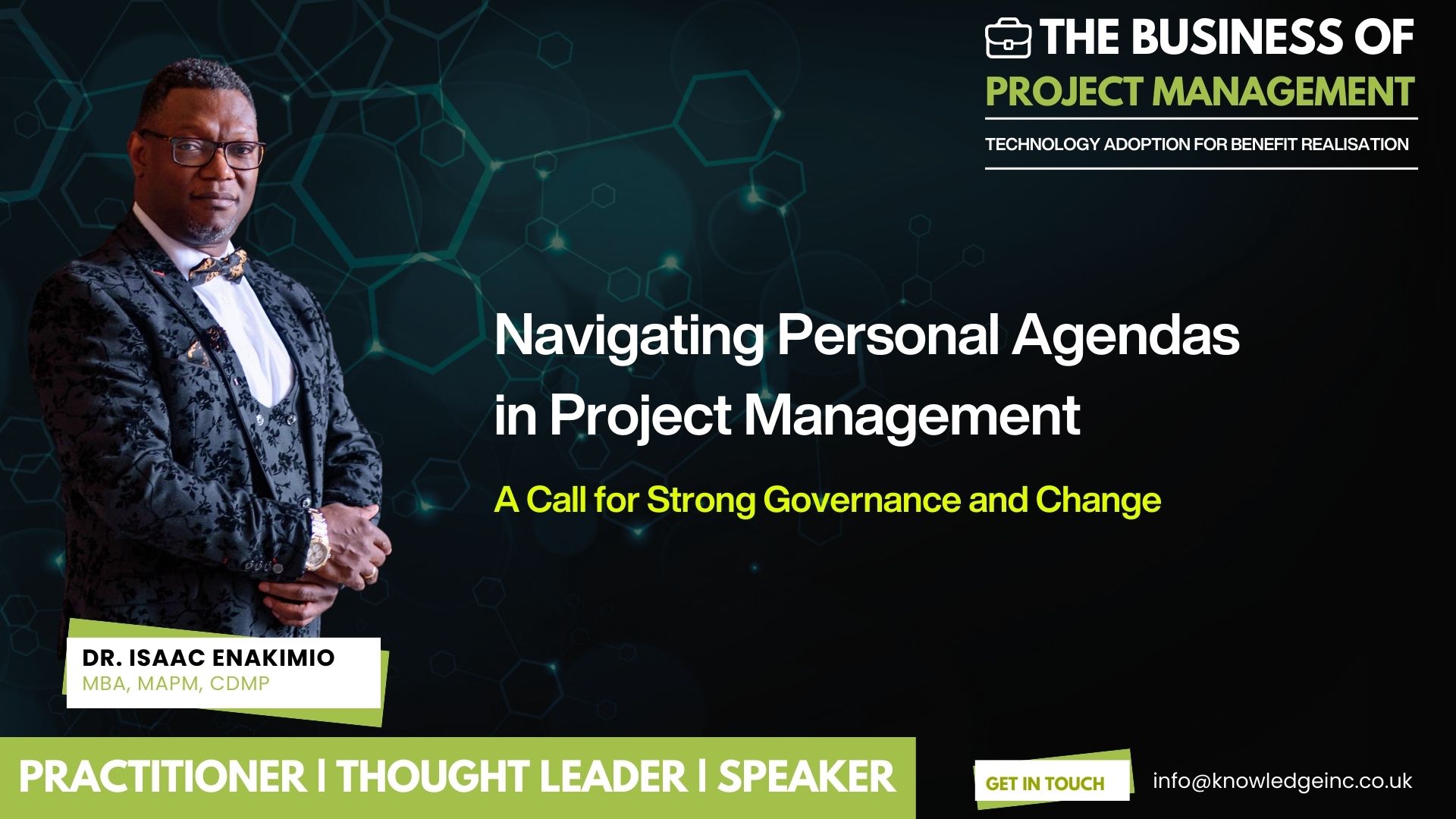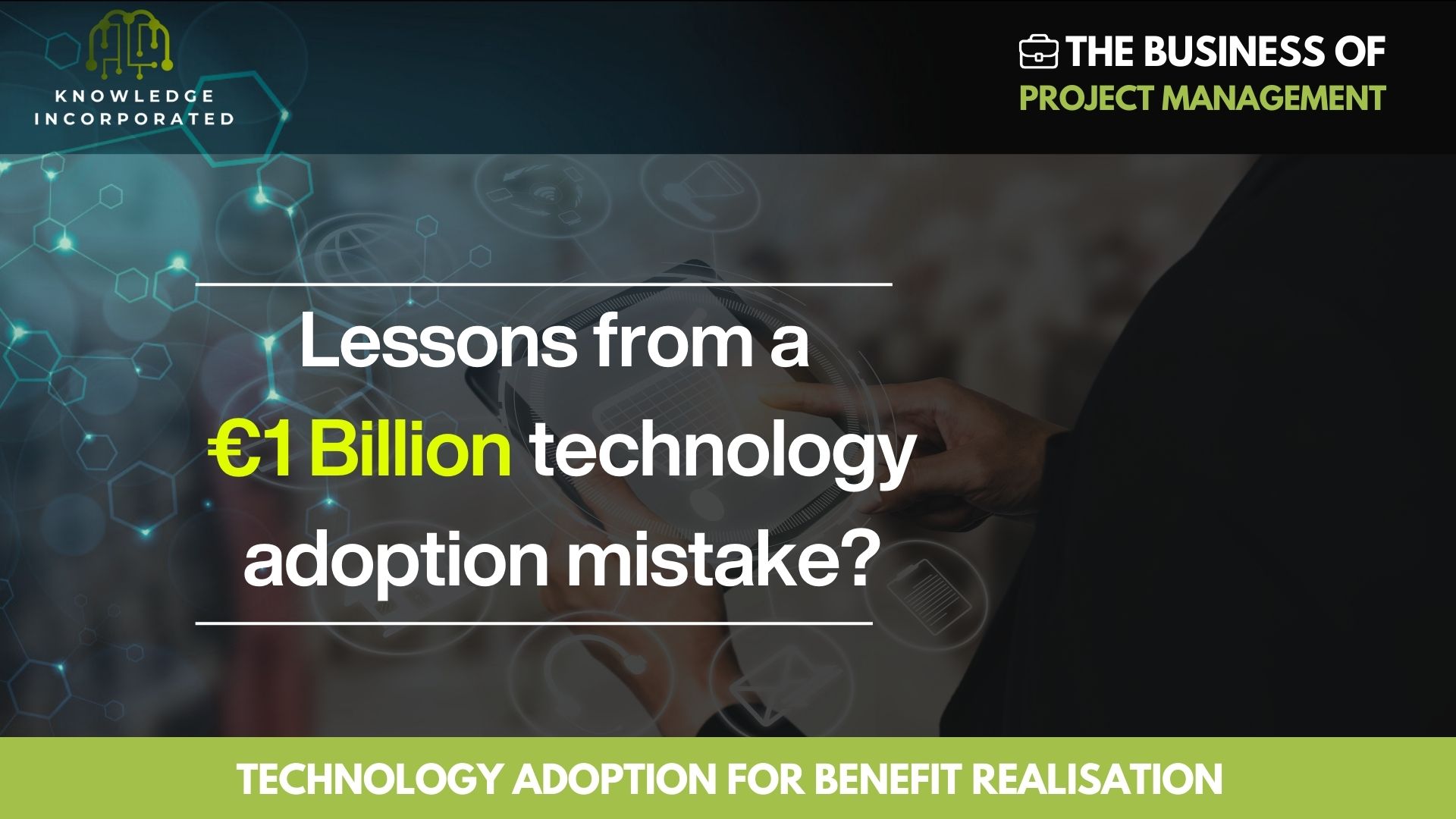I recently completed a programme of works where we had…
Frameworks vs. Reality: The Gap Every PM Faces
Project frameworks promise order, tasks, timelines, and roles mapped out neatly. But real-world projects don’t care about your Gantt chart. They are dynamic, unpredictable, and full of human variables.
A Project Manager (PM) who clings too rigidly to frameworks is like a chef who refuses to deviate from a recipe, even when the oven temperature is wrong, the ingredients are missing, or the guests have dietary restrictions. Frameworks provide guidance, but adaptability delivers success.
In 2025, with hybrid teams, AI-driven workflows, and economic uncertainty, the best PMs aren’t just following methodology; they are navigating complexity, making real-time adjustments, and leading through uncertainty.
The Illusion of Control: Why Some PMs Struggle
Here’s what happens when a PM relies solely on frameworks without adaptability:
- Overconfidence in the plan: Assuming the initial roadmap accounts for all variables.
- Rigidity in execution: Struggling when things don’t go exactly as planned.
- Failure to pivot: Not recognising early enough when a strategy shift is needed.
A real-world example?
Case Study: The Software Rollout That Could Have Failed
A project team was leading a software rollout across multiple time zones. They followed the P3M3 framework to ensure alignment with strategic objectives. But, halfway through, an API integration failure created a critical bottleneck.
Framework Mindset: “This wasn’t in the original scope. Let’s escalate and wait for approvals.”
Adaptive Mindset: “Let’s bring in an SME, create a workaround, and adjust the timeline dynamically.”
The second approach saved the rollout because the PM understood that real-world success isn’t just about planning; it’s about responding!
How to Build Adaptability into Your Project Management Approach
1. Plan, but Expect Disruptions
- A framework is a starting point, not a rigid map.
- Identify high-risk areas early and prepare contingency plans.
- Use scenario planning to test how your team would respond to setbacks.
2. Develop the “Situational Awareness” Muscle
- Great PMs read the room, anticipate friction, and sense when shifts are needed.
- Example: If a key stakeholder suddenly becomes disengaged, don’t wait for a formal risk review—address it now.
- Build feedback loops into every phase to catch early warning signs.
3. Balance Structure with Flexibility
- Use hybrid approaches—blend Agile with Waterfall, or Kanban with Scrum, where needed.
- Example: A construction PM might follow strict compliance rules for safety but allow flexibility in material procurement to mitigate supply chain risks.
4. Lead with Influence, Not Just Authority
- Teams follow PMs who guide them through uncertainty, not just enforce structure.
- Influence is built by clear communication, stakeholder trust, and proactive leadership.
- Example: When a budget cut threatens your project, a PM who can negotiate and reframe priorities will deliver results—while others panic.
5. Use Data + Instinct for Decision-Making
- AI tools and dashboards help, but don’t replace human intuition.
- Learn when to trust the numbers and when to rely on experience.
- Example: A PM in a failing Agile sprint might see that velocity is dropping but recognize that team morale is the real issue—and take action.
The PM of 2025: Who Will Succeed?
As projects become more complex, global, and unpredictable, the PMs who will thrive aren’t those who know frameworks inside out.
They are the ones who:
✅ Think critically beyond process
✅ Adapt to changing variables without losing focus
✅ Lead with strategic agility, not just execution
If you’ve ever had to break the framework to save a project, I’d love to hear your story.
Author: Dr. Isaac Enakimio
Knowledge Incorporated
Business Transformation through Digital Strategies




